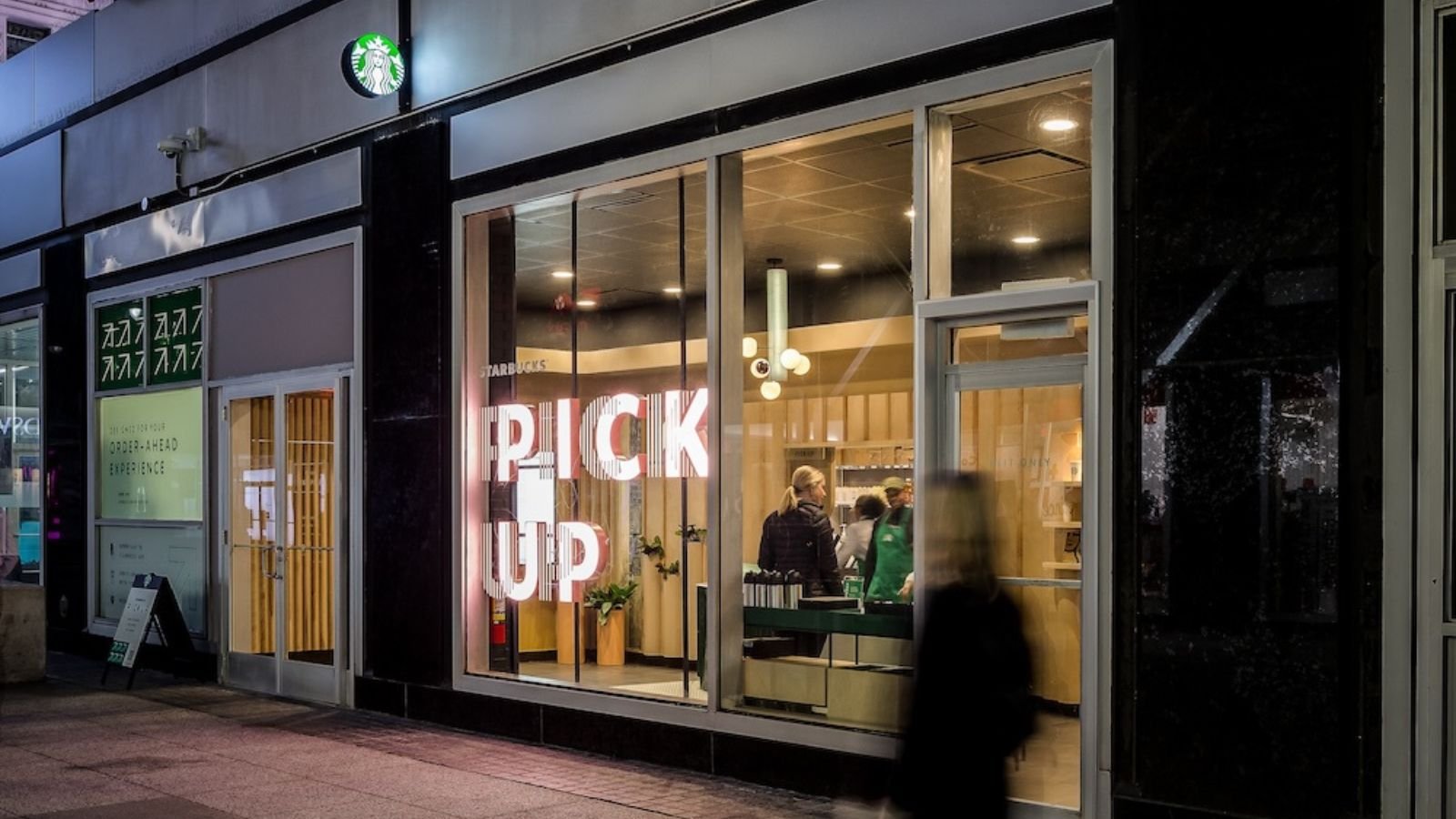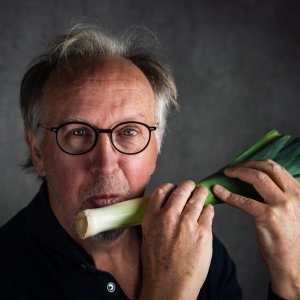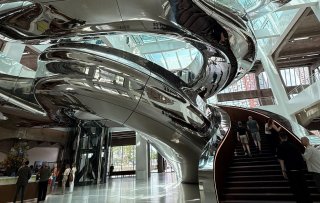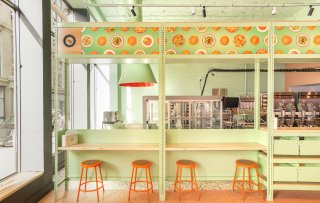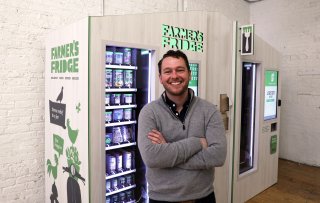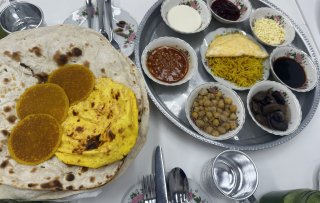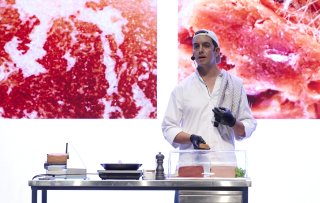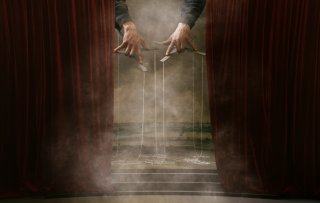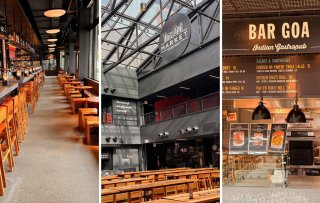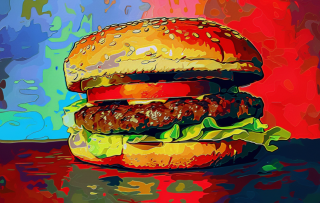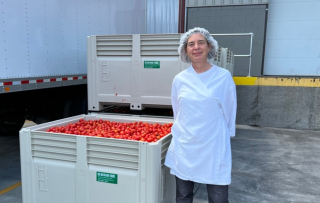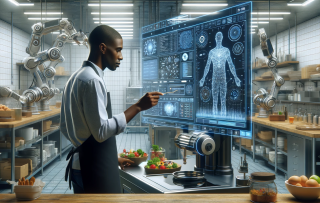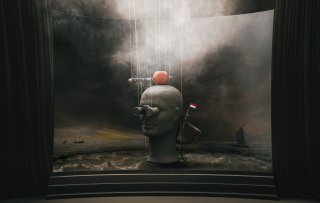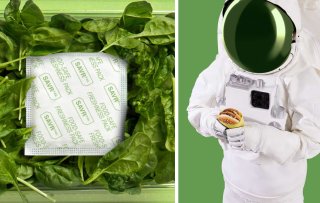Things trembling at Starbucks. Sales per outlet are stagnating, guests are waiting longer and longer for their coffee and there are some doubts about leadership. The world's largest coffee chain needs to change tactics.
Is it possible to fall victim to your own success? It sure is. At Starbucks headquarters in Seattle, leadership is diligently seeking solutions to the problems created by its own successful innovations. Take customisation, the idea that you put together a highly personalized drink by combining items from the menu that have your preference.
It has been calculated by the Wall Street Journal that Starbucks' menu offers as many as 170,000 combinations. Boosted by Gen Z and the Tiktok trend of showcasing unusual drinks, American guests are choosing drinks like a ‘white chocolate macadamia cream cold brew’, a ;venti nitro cold brew with three pumps of caramel syrup’ or a ‘vanilla sweet cold foam blended with whipped cream’. Sounds a lot more complicated than the the three-ounce americano the chain once started with. Starbucks baristas work overtime to prepare extravagant orders. The result of this excessive customisation: long waiting times and grumpy guests.
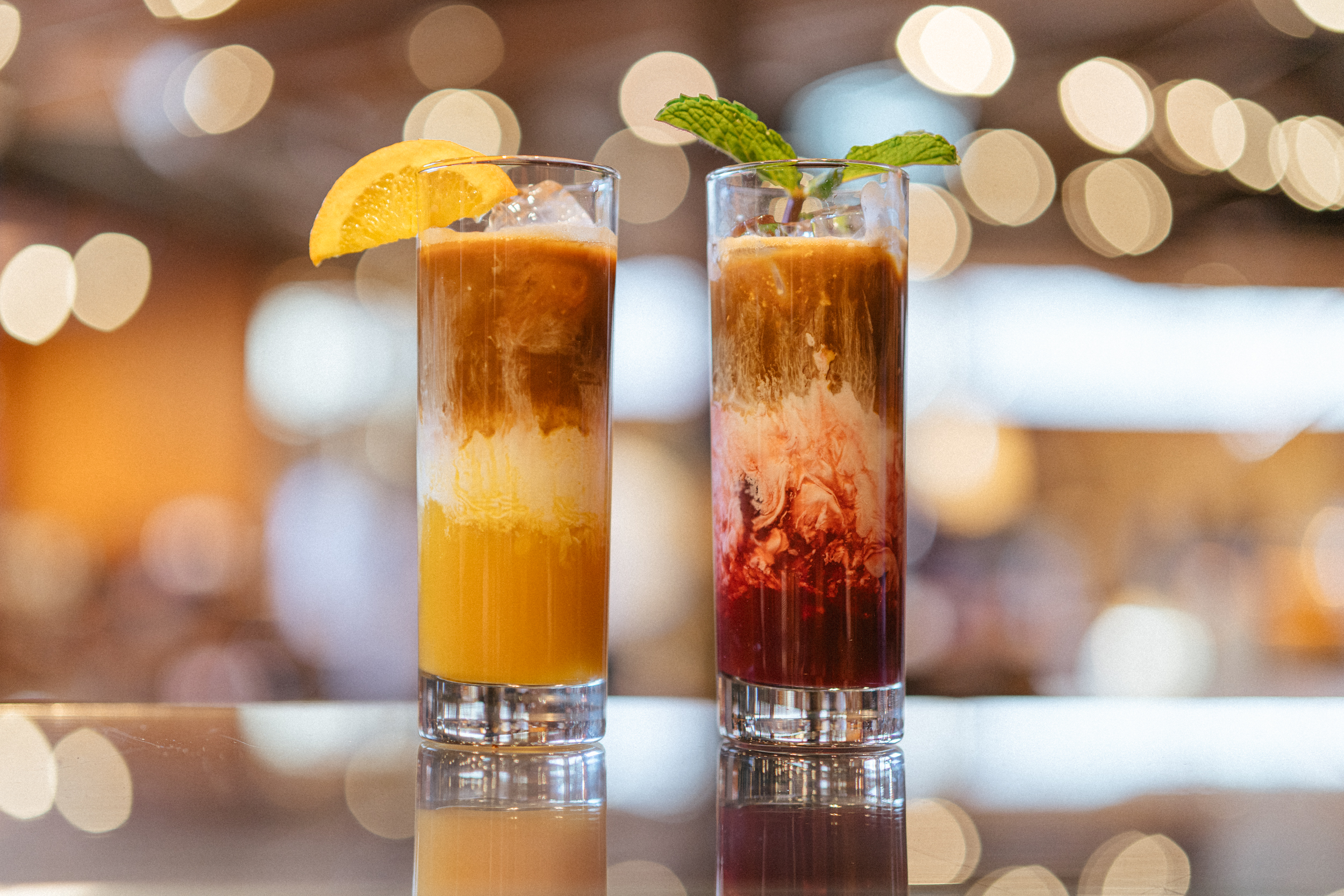
A second boomerang effect is the success of Starbucks' own ordering app. The coffee chain was the first to introduce the feature in 2015. Food Inspiration did a report on this in 2015. Americans order their customized coffee through the app, checkout online and pick up their order at the nearest branch.
During the covid pandemic, the use of the ordering app skyrocketed: about 30% of all orders in the United States now go through the app. This success has its downside as it creates chaos in branches. Former CEO Howard Schultz, the man who made Starbucks great, says in a podcast: ‘Everyone comes in at the same time and suddenly we have a mosh pit. That's not Starbucks anymore.' The ambience of the coffee chain, where you can unfold your laptop or read a book with lounge music, is changed by all the guests suddenly coming in at the same time to get their coffee. And once the in-store experience deteriorates, discussions about price arise.
High prices
Starbucks is also dealing with rising wages and more expensive ingredients. The coffee chain's prices have risen sharply since 2020. According to figures from US research firm Technomic, an americano went from $2.50 to $3.75 and a large café latte from $4 to $5. As a result, some diners are dropping out and seeking refuge at formulas that are cheaper. A coffee from Starbucks has become a luxury product in the eyes of critics, an image that its Seattle headquarters absolutely does not aspire. All these factors combined led to declining sales, of as much as 6% in the second quarter of this year, Starbucks reports. This is the first time in years that growth at Starbucks has stagnated.
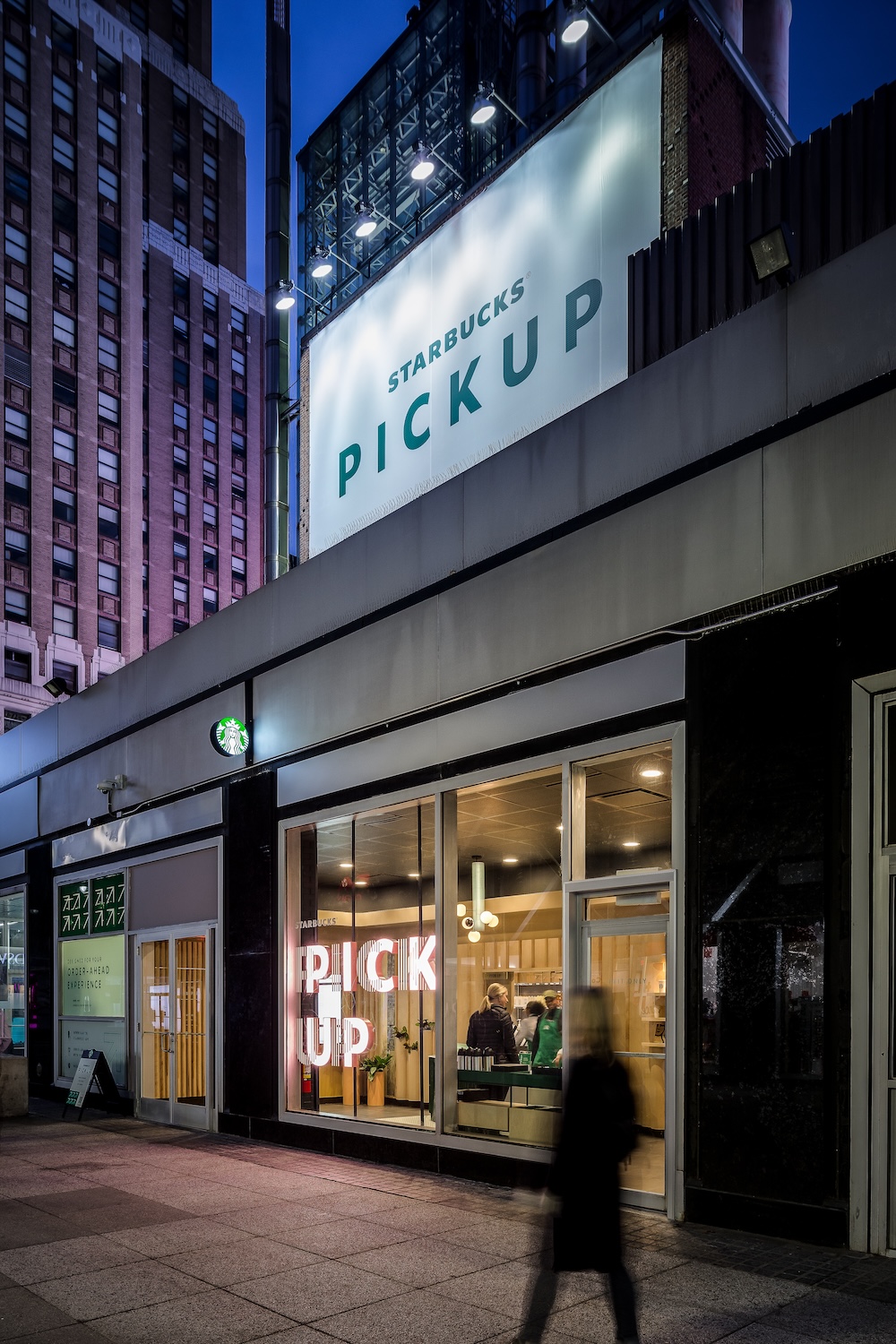
Solutions
Meanwhile, the company is working on solutions. Customers who order through the app will get a more accurate estimate of the waiting time. Shops are also being built exclusively for order pick-up. New equipment is being developed that will allow baristas to prepare customized drinks faster.
There is also - once again - a changing of the guard at the highest level. CEO Laxman Narasimhan, who started in September 2022, has already stepped aside in mid-August 2024 and will be replaced by Brian Niccol, the man who made Mexican grill chain Chipotle to what it is today. It is the third CEO in two-and-a-half years. Investors hope the experienced Niccol will steer Starbucks back on the right path to growth. Meanwhile, the competition is not standing still. For instance, the rise of coffee chain Dutch Bros is remarkable. The chain with Dutch roots is cheaper than Starbucks, something that is becoming more important as the increased cost of living has US consumers minding their budgets carefully.
Starbucks in figures
Starbucks was founded in Seattle in 1971. According to recent figures, the group has 38,038 outlets. The chain employs 228,000 people. The company has annual sales of around USD 36 billion.
 Written by
Written by 